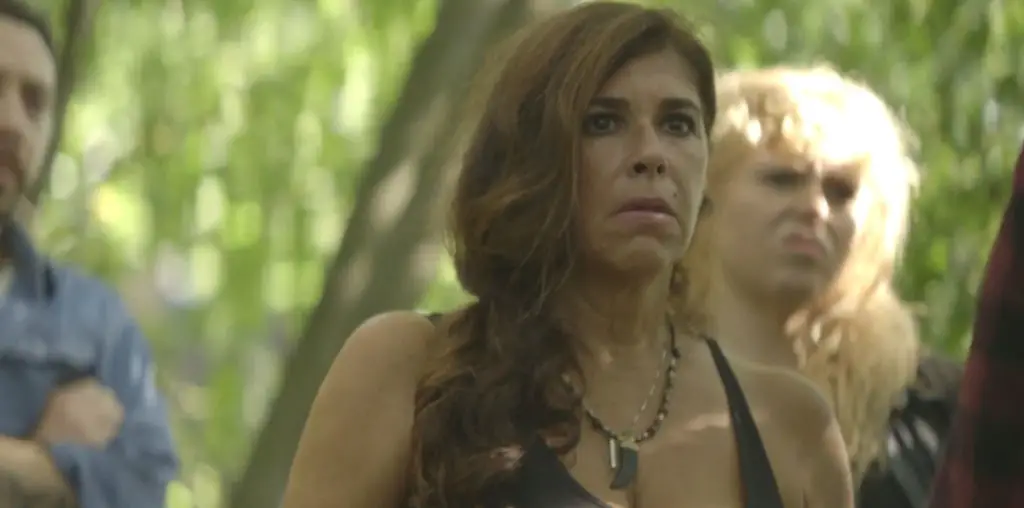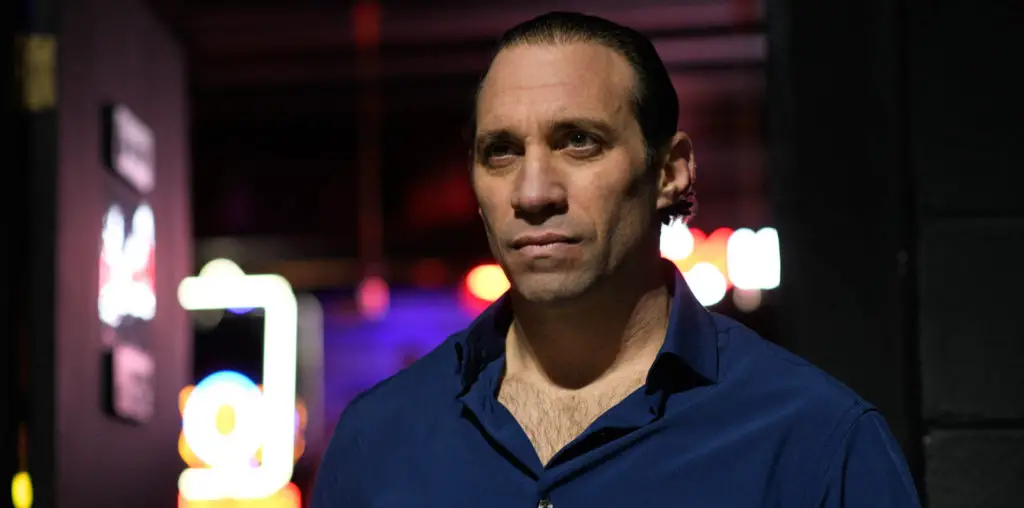
It seems the ultimate irony that “Sunset Boulevard,” Billy Wilder’s acidic study of Hollywood’s neglect for its icons, was itself the victim of Hollywood neglect. Restoring the 1950 classic involved more time, money and energy than originally envisioned when it was discovered the original camera negative deteriorated past the point of usefulness and the best dupe negative had pinprick gouges in every frame. It required six months of painstaking digital workmanship and an extraordinary 300 computers to store the data to create a new 35mm print for the film’s re-release.
“Sunset Boulevard” has become so secure in the cultural psyche that attempting to bring new critical insight regarding the production itself is redundant. Instead, it is fun watch the film today while allowing the mind to wander into peculiar avenues. In viewing Gloria Swanson’s deranged Norma Desmond and William Holden’s lethally caustic Joe Gillis destroy themselves and each other, it is impossible to consider that Wilder originally viewed “Sunset Boulevard” with broader comic overtones and intended to cast Mae West as the faded star and Gene Kelly as the screenwriter-turned-gigolo. Try to imagine Mae West purring a mother lode of double-entendres into “I’m ready for my close-up, Mr. DeMille!” or Gene Kelly doing a balletic spin before his fatal plunge into the swimming pool–Wilder himself would have quickly joined the ranks of has-beens he mocked in the film.
“Sunset Boulevard” is also one of the most wonderfully shameful example of studio self-promotions in Hollywood history, rivaled only decades nearly a half-century later when Time Warner packed its CNN journalists into co-starring roles within the Warner’s release of the Jodie Foster sci-fi “Contact.” “Sunset Boulevard” is literally a feature-length commercial for Paramount Pictures, complete with a tour of the studio lot and endless references to its stars of the era (Alan Ladd, Bing Crosby and Betty Hutton are happily name-dropped). Cecil B. DeMille, the reigning Paramount producer-director, also figures prominently into the proceedings, with Norma Desmond distracting him from work on what looks to be a Biblical epic very similar to “Samson and Delilah,” his big feature at the time. And the cameras that capture Norma’s final descent into madness are, of course, Paramount Newsreel cameras. The film also enjoys some funny-nasty digs at the competition: 20th Century Fox’s Darryl Zanuck is openly dissed and a mediocre script created by Joe Gillis is rejected with the comment that it would be better for “Ty Power” across town at 20th.
Less amusing, however, was the potent myth that “Sunset Boulevard” helped reinforce regarding the fate of the silent movie stars. Contrary to popular belief, the majority of silent stars did not fall into oblivion after “The Jazz Singer” came out. While some notable performers were vocally ill-equipped to make the transition, most of the reigning screen icons had no problems facing the microphones and many silent players actually enjoyed higher stardom in talkies (most notably W.C. Fields, Loretta Young, Ronald Colman, Joan Crawford and Marie Dressler). Contrary to the myth of “King Mike” deposing the silent royalty, the favorites of the 1920s actually faded in the 1930s either due to the high number of mediocre productions that drove audiences away (Colleen Moore, Harold Lloyd and Douglas Fairbanks experienced this), the cyclical demands of audiences to bring new faces and favorites to godhead (Gloria Swanson’s star originally dimmed for this reason alone) or for unique personal problems (Buster Keaton, used by Wilder in a cruel cameo as a “waxwork” from yesteryear, literally drank his career into wreckage).
Even more puzzling is something which no one in “Sunset Boulevard” ever bothers to mention: there is absolutely nothing wrong with Norma Desmond’s voice and there would seemingly be no reason why she would not have made the jump into talkies. There is a vague mention of her being a difficult star to work with in her prime, but temper and temperament never kept a diva out of work. Nor would it seem likely that a studio like Paramount would allow a major star like Norma Desmond to simply slip off-screen. Was any effort made to ensure her viability in talkies? And if she had retired when sound came in, she would have been around 30 years old; Joe Gillis finds her at 50, which leaves two decades of unexplained living.
Even with these inconsistencies, there are still plenty of surprises to discover anew in this film: Nancy Olson’s strangely underappreciated performance as the script reader whose misguided love for Joe spirals the film to its grisly conclusion, the hilarious appearance of a skinny and madly-grinning Jack Webb as a happy-go-lucky assistant director, the excessive exuberance that Swanson displays when she towels down Holden at poolside or rolls on top of him while he is reclining on a couch, and the strange experience of viewing a silent film (in this case, the film’s brief snippet of the 1929 Swanson-von Stroheim debacle “Queen Kelly”) without any musical accompaniment (the silent cinema was never truly silent, as music always framed any cinema presentation).
As for the restoration itself, “Sunset Boulevard” never looked or sounded better. Unlike other digital restorations, the film does not have that “digital look” but instead looks as crisp and sharp as it must have when it first showed up in 1950. And the chance to see “Sunset Boulevard” as it was meant to be seen is an opportunity not to be missed. “Sunset Boulevard” is more than ready for its close-up.

